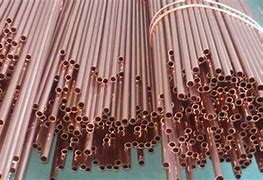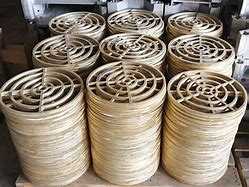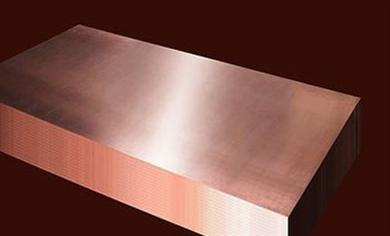**Title: Is Your RO Water Secretly Attacking Your Copper Pipes?**
(What Does Ro Water Do To Copper Pipe)
You love your reverse osmosis water. It tastes clean, pure, refreshing. You trust it for your family. But here’s a twist you might not see coming. That same pure water could be a hidden enemy to the copper pipes snaking through your walls. It sounds strange. Pure water harming metal? It’s true. Let’s break down why.
RO systems are fantastic filters. They strip out almost everything from your water. We mean minerals, salts, chemicals, even good stuff like calcium and magnesium. What’s left is water that’s incredibly pure, almost like distilled water. This purity is the problem for copper.
Copper pipes naturally build up a protective layer. This layer forms over time. It happens when minerals in the water react with the copper surface. Think of it like a shield. This shield stops the copper underneath from corroding too fast. It keeps your pipes strong for years.
RO water lacks those minerals. It’s aggressive. It’s “hungry.” This water actively seeks to grab minerals. Since it finds none dissolved inside itself, it looks elsewhere. Your copper pipes become its target. The pure water dissolves tiny bits of copper. It attacks that protective shield. The shield can’t form properly. Or worse, the water eats away at the existing shield.
Over time, this constant attack wears down the copper. We call this corrosion. You might see small greenish-blue stains around faucets. These stains mean copper is dissolving into your water. Sometimes, you might even taste a metallic tang. That’s copper. In bad cases, the pipe walls thin out. This thinning leads to pinhole leaks. Pinhole leaks are tiny holes. They spray water inside your walls. This causes serious water damage. It’s expensive. It’s messy. Nobody wants that.
I’m not being dramatic. Many plumbers see this exact problem. Homes with RO systems, especially whole-house RO, often show faster copper pipe wear. The pipes look pitted. They feel rough inside. The lifespan of the copper plumbing drops significantly. Instead of lasting 50 years, maybe it lasts 20. That’s a big difference.
So, what can you do? Don’t panic. You don’t need to rip out your RO system. You don’t need to replace all your copper pipes either. The solution is clever and simple. You need to add minerals back *after* the RO unit.
Most good RO systems have a solution. It’s called a remineralization filter. This special filter stage sits after the main RO membrane. It adds safe, healthy minerals like calcium and magnesium back into your treated water. This does two great things. First, it improves the taste. Pure RO water can taste flat. Minerals give it a better mouthfeel. Second, and crucially, it calms the water down. The water isn’t “hungry” anymore. It has minerals. It stops aggressively attacking your copper pipes. The protective layer can form. The copper stays safe.
(What Does Ro Water Do To Copper Pipe)
Check your RO setup. If you only have water going to a kitchen faucet, the risk is lower. Only that small section of pipe sees the pure water. If you have a whole-house RO system, the risk is much higher. Every copper pipe in your home gets this aggressive water. Adding a remineralizer becomes essential. It protects your investment. It saves you from future headaches and repair bills. Talk to your water treatment professional. Ask them about remineralization options for your specific RO unit. It’s a small step for huge peace of mind. Your pipes will thank you. Your wallet will too.
Inquiry us
if you want to want to know more, please feel free to contact us. (nanotrun@yahoo.com)



